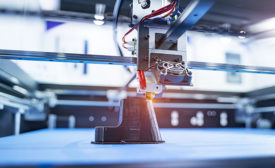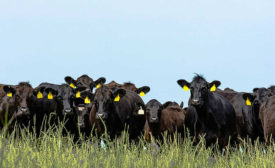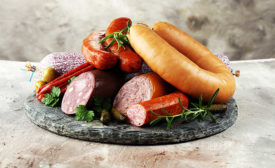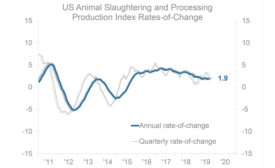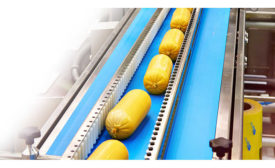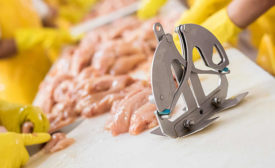Meat and Poultry Processing
Processing Tech
De-stressing slaughter
Low-stress handling is key to humane slaughter and stunning practices.
Read More
Processing Tech
New take on protein processing technologies
Meat and poultry processors increasingly embrace plant automation to produce better quality products.
Read More
Processing Tech
Vision system technology advances food safety and quality assurance
A view of a safer future
Read More
Scaling down technological innovations for small sausage processors
Improvements in sausage production, such as co-extrusion, are becoming more affordable for more companies.
Read More
Market Snapshot | U.S. Animal Slaughter & Production
U.S. animal slaughter & production market: Pork flies ahead in processing marketplace
Read MoreProcessing Tech
The evolution of conveyors and belts in meat & poultry processing
In pursuit of a clean ride: Evolving designs are making it easier for meat and poultry processors to sanitize conveyors and belting, but food and worker safety risks remain.
Read More
Cover Story
FoodMaven sets out to minimize food waste in the supply chain
Food waste disruptor: FoodMaven has set out to minimize food waste in the supply chain by connecting out-of-spec and over-supply product with end users clamoring for cost-efficient raw materials.
Read More
Stay ahead of the curve. Unlock a dose of cutting-edge insights.
Receive our premium content directly to your inbox.
SIGN-UP TODAYCopyright ©2024. All Rights Reserved BNP Media.
Design, CMS, Hosting & Web Development :: ePublishing
